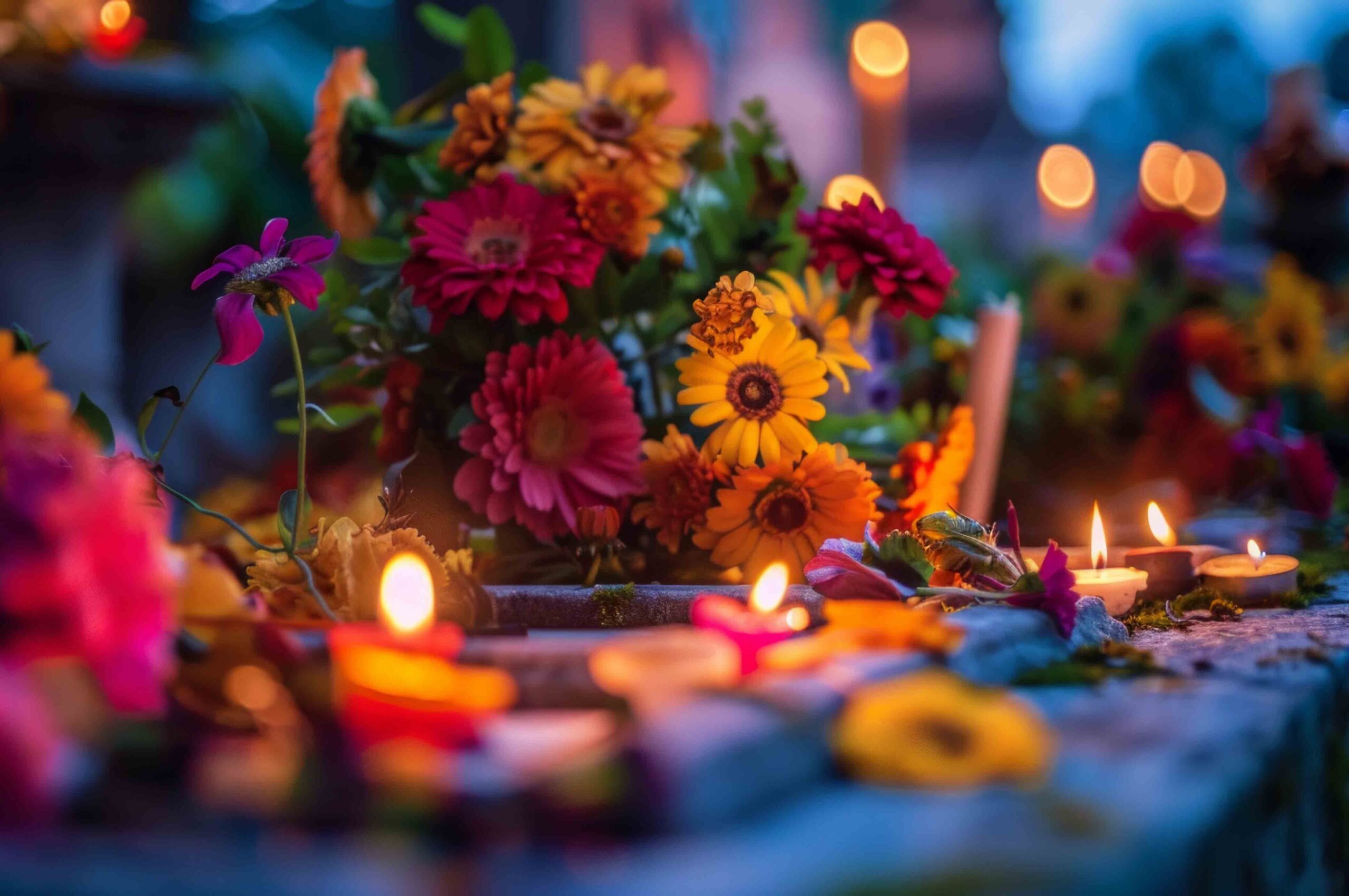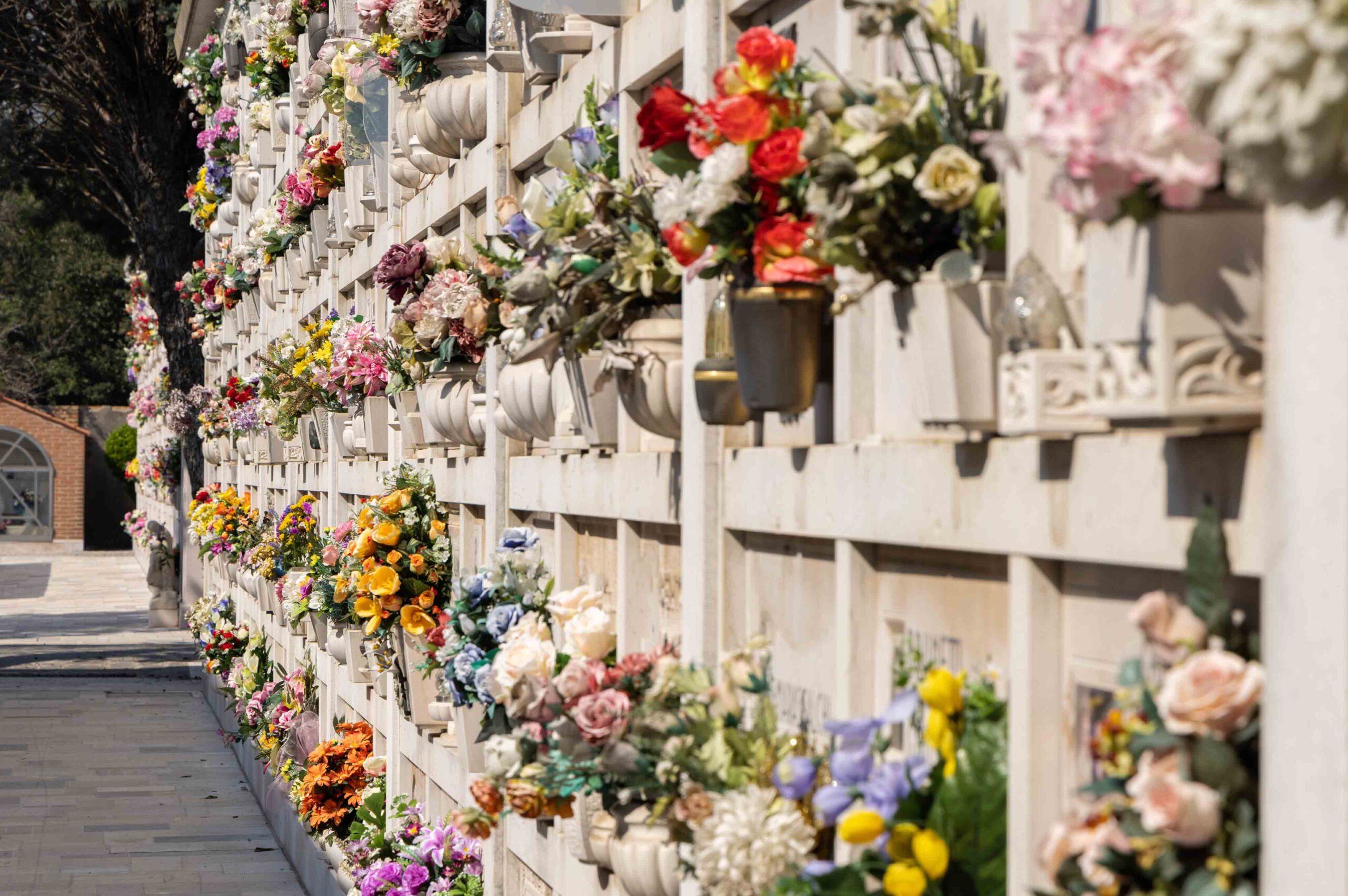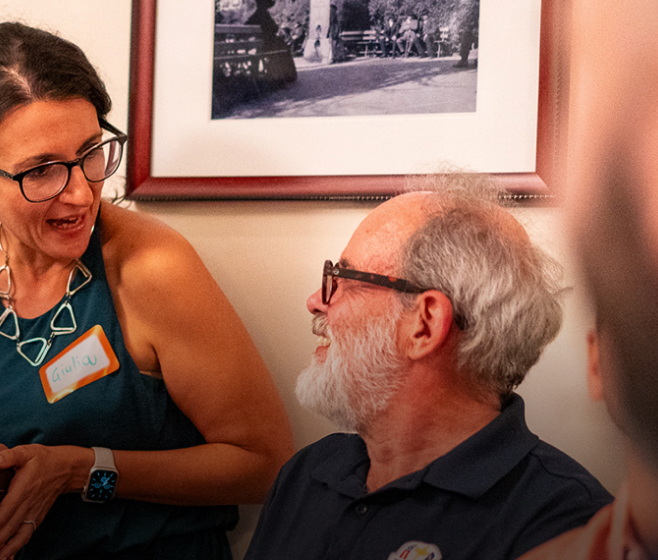
From All Saints’ Day to Halloween
As October fades into November, cultures across the world enter a period of reflection, remembrance, and celebration. In Italy, this time is marked by Ognissanti (All Saints’ Day) and Il Giorno dei Morti (All Souls’ Day), while Halloween takes center stage in Anglo-Saxon countries. Though these traditions may seem worlds apart, they share an underlying theme—the relationship between the living and the dead. However, the ways in which these cultures express that relationship reveal much about their values and their evolving rituals.
Ognissanti and Il Giorno dei Morti: Italian traditions of memory and reverence
In Italy, Ognissanti (All Saints’ Day) is celebrated on November 1st, followed by Il Giorno dei Morti (All Souls’ Day) on November 2nd. While these days are now firmly part of the Catholic calendar, their origins extend far beyond Christianity, drawing from pre-Christian rituals that honored the dead and marked the transition from autumn to winter. Many ancient cultures, including the Romans and Greeks, held celebrations around this time of year to venerate the dead and acknowledge the changing of the seasons, when it was believed that the boundary between the living and the dead was thinner.
As Christianity spread throughout Europe, the Church incorporated these existing traditions into its own liturgical calendar, transforming them into the observances of Ognissanti and Il Giorno dei Morti. Today, these days are dedicated to honoring saints and remembering loved ones who have passed away. Families visit cemeteries, clean and adorn graves with chrysanthemums, and reflect on the continuity between generations. The atmosphere is one of quiet reverence, with families gathering to share memories and maintain their connection to those who came before.
At Istituto Italiano Scuola, we explore these moments with our students as part of their cultural immersion into Italy. By understanding the significance of Ognissanti, students gain insight into the importance of family, tradition, and the enduring bonds between generations. It is a time of reverence, but also a cultural window into Italy’s deep-rooted sense of community and memory.

Halloween: Anglo-Saxon festivities and playful fear
Meanwhile, in Anglo-Saxon countries, Halloween on October 31st has transformed from ancient Celtic roots into a lively, commercialized event. Originally tied to Samhain, a Gaelic festival marking the end of the harvest and the transition to winter, Halloween was a time when the boundary between the living and the dead was believed to blur. Over time, this morphed into today’s celebration, where costumes, candy, and playful fear take center stage.
We can use Halloween as a comparative tool to show how different cultures handle similar themes. While Halloween focuses on costumes and community events, Ognissanti and Il Giorno dei Morti remain much more intimate and reflective. Our students engage in discussions about how these differences highlight the contrasts between Italian and Anglo-Saxon attitudes towards death, memory, and celebration.
Cultural evolution and globalization
While Ognissanti and Il Giorno dei Morti remain largely unchanged in their solemnity, Halloween has evolved significantly in Anglo-Saxon countries, becoming more secular and commercially driven. This evolution speaks to the broader cultural differences: Italy’s focus on family and religion contrasts with the individualism and consumerism that have shaped Halloween into a global phenomenon. However, in recent years, Halloween has started to gain traction in Italy, particularly among younger generations who enjoy its festive nature.
Halloween’s rising popularity in Italy, especially in urban areas, provides an interesting case study of cultural adaptation. We encourage our students to consider how Italian society is balancing these newer influences with the preservation of its deeply rooted customs like Ognissanti.

Reflections on memory: what we can learn
Both Ognissanti and Halloween offer insight into how cultures approach the concepts of death, memory, and community. Italians approach these topics with quiet reverence, emphasizing the importance of family continuity and spiritual connection, while in Anglo-Saxon cultures, Halloween is an opportunity to confront fear in a more playful, public manner. Yet, both traditions serve as reminders that societies around the world find meaningful ways to honor the past and the unknown.
At Istituto Italiano Scuola, we use these cultural explorations as a bridge for language learning and cultural immersion. Understanding how Italy’s Ognissanti differs from Halloween allows our students to grasp not only linguistic nuances but also the values that shape Italy’s approach to life and death. These discussions help our students develop a richer, more rounded understanding of Italy beyond the textbook, connecting language with the living culture behind it.
Conclusion: a window into culture
The contrast between Ognissanti and Halloween reveals more than just different ways of celebrating; it offers a window into how Italy and Anglo-Saxon countries interpret themes of death, memory, and the changing seasons. For our students at Istituto Italiano Scuola, learning about these traditions is an opportunity to engage with Italy’s rich history, understanding how pre-Christian rituals evolved into the cultural celebrations we see today.
By examining the historical context behind these festivals, students can grasp the intricate tapestry of Italy’s past, from the Romans to the modern day, and develop a deeper connection to the culture. Whether through the ancient origins of Ognissanti or the playful modern traditions of Halloween, our students gain a fuller perspective of how Italy balances its deep roots with the changes of the contemporary world.



